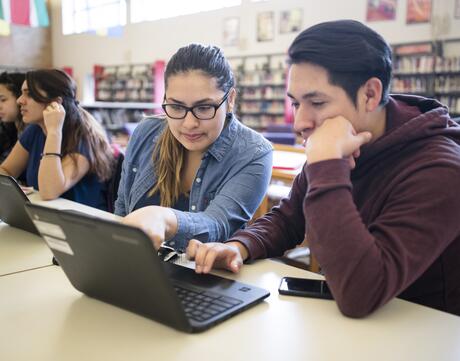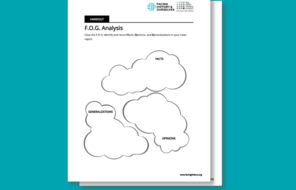
News Article Analysis
At a Glance
Language
English — USSubject
- English & Language Arts
- History
- Social Studies
Grade
6–12Overview
Why Analyze News Articles?
Use this teaching strategy to help students identify and analyze the key characteristics of the three most common types of news articles: straight news, feature, and opinion. This strategy helps students develop their news literacy and critical thinking skills, and it can be used with any article that fits into one of these categories.
Lesson Plans
How to Teach News Article Analysis
Unlimited Access to Learning. More Added Every Month.
Facing History & Ourselves is designed for educators who want to help students explore identity, think critically, grow emotionally, act ethically, and participate in civic life. It’s hard work, so we’ve developed some go-to professional learning opportunities to help you along the way.
Exploring ELA Text Selection with Julia Torres
On-Demand

Working for Justice, Equity and Civic Agency in Our Schools: A Conversation with Clint Smith
On-Demand

Centering Student Voices to Build Community and Agency
On-Demand















